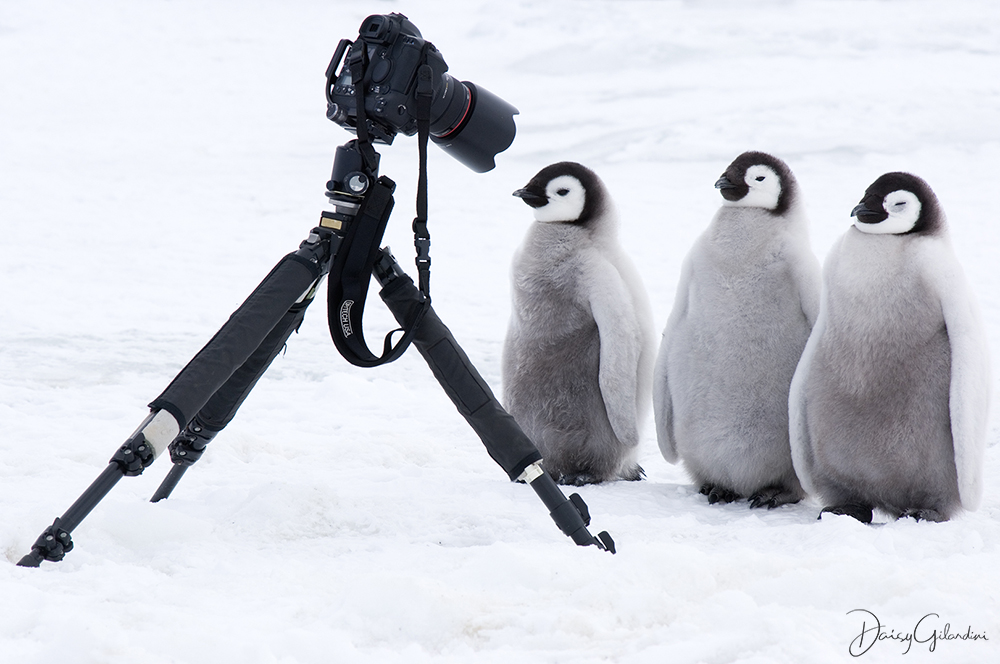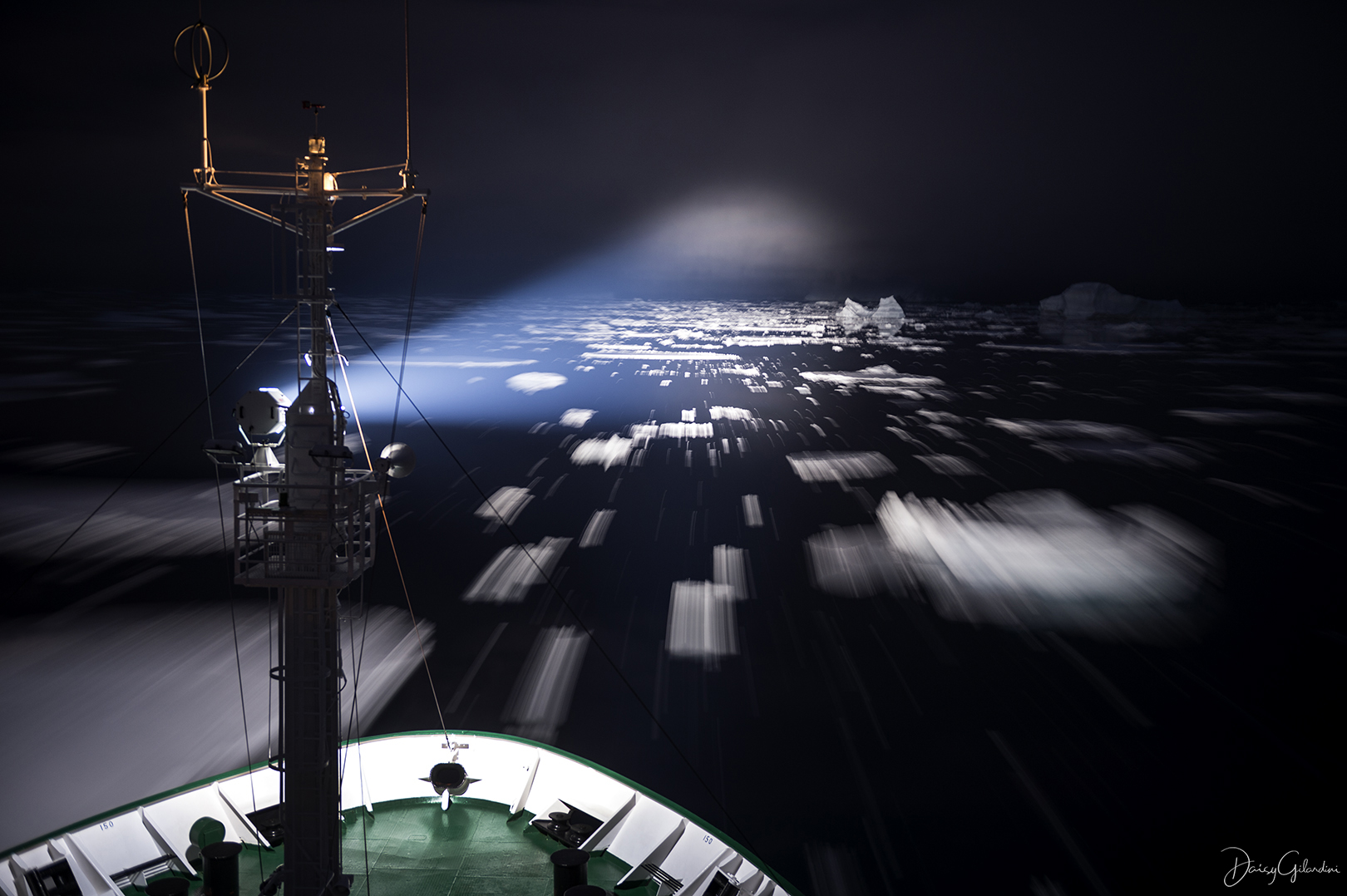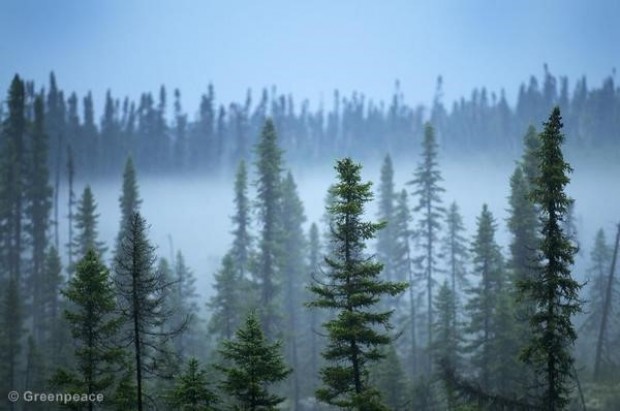Awe-inspiring photography is a powerful force for the environment

The Antarctic is an incredible, awe-inspiring place that most of us will never see outside of a David Attenborough documentary. It’s only through the stories told by photographers and filmmakers that we can conjure up in our minds images of Emperor penguins huddling together for warmth or the rumbling echo of a glacier calving into the sea. But how do they capture the scale and beauty of somewhere like the Antarctic? To find out, we spoke with award-winning photographer Daisy Gilardini, our latest Antarctic Ambassador, who has spent her career photographing the polar regions.

How long have you been a photographer and how long have you been photographing the Antarctic?
My love for wildlife and the polar regions started long ago… I was only four years old when I received a gift from my godparents, a little stuffed toy of a seal pup. My mom explained that the seal puppy was coming from a very cold place and it lived on and under the polar ice. I was mesmerized by those stories. I dreamed about seeing them in their natural environment. It took me seven years to save the money necessary to pay for a trip to Antarctica but that trip totally changed my life! I still remember the first landing on Half-Moon Island in the South Shetlands. With a lump in my throat I was shaking from the emotion to be surrounded by hundreds of chinstrap penguins. That day I could not even take a picture, and the few I shot were all blurred because I was shaking so much, not from the cold but from the excitement.
Since that very first trip in 1997 I have been on more than 70 expeditions in the polar regions. Many times I tried to understand this irresistible attraction to the polar regions, which I would define almost as an addiction or obsession. These extreme adventures transport me out of my ordinary world and inspire deep respect and awareness for the importance of these delicate ecosystems.
My passion for the natural world has grown into a lifelong commitment to respect and preserve our fragile planet.

Of all the images you’ve taken, which means the most to you? Is there a particular story behind one of your photographs that sticks in your mind?
During my first trip to Antarctica in 1997, I photographed an iceberg shaped as a heart. Besides winning a major award in 2000, this image has become very symbolic to me. During that very first trip, I left a piece of my heart in Antarctica and ever since I have to go back every year to check on it.



Has the way you take photographs or the stories you want to tell through your photographs, from any part of the world, changed based on your experiences in the Antarctic?
Absolutely. Photography started as a hobby – a way to distract myself from the boredom of my daily office life. Once touched by the pure wilderness of Antarctica my approach to photography and life in general totally changed. By sharing the beauty and the diversity of the polar regions, with those who are not as lucky as I am, I hope to bring awareness on the huge issues of climate change.
Photography is a universal language. I strongly believe in the sheer power of photography to stir emotions and touch people’s hearts, all the while delivering a positive message about the environment.
When shooting landscapes and wildlife, I focus on composition. My final goal is to convey emotions by simplifying the shapes. Simplicity is the magic word. One of my favourite quotes is from the poet Philip James Bailey “Simplicity is nature’s first step, and the last of art.”



You specialise in photographing the most extreme regions of the planet – the Arctic and Antarctic. How difficult is it to work in the extreme cold and very changeable weather in these regions?
Cold is a challenge for your equipment as well as for your body. First you have to take care of yourself in order not to freeze any of your body parts. If you are not comfortable you will not be able to focus on the job. Once you are comfortable then comes the technical challenge to operate a camera with tens of little buttons with huge gloves and finally you have to work around the fact that after a while parts of the camera will freeze: batteries first, then the control panels as well as the big back monitor. So you must be skilled to work your camera in these conditions without being able to see the settings. You have to remember the setting you started with.

How does your work as a photographer complement the research work that happens in places like the Antarctic?
While science provides the data necessary to explain issues and suggest solutions, photography symbolizes these issues. Science appeals to our minds, but photography speaks to our hearts. We need both in order to spread the message of conservation effectively, to as many people as we can. My images have been used in educational books, magazines, natural history museums, calendars, greeting cards and in founding campaigns for many conservation organisations.
As conservation photographers, it is our duty to capture the beauty of places and species at-risk and raise awareness through the power of our images.


Why, for you, is it important to protect the Antarctic? Are there particular threats you’ve witnessed or was there a particular moment that made you dedicate your work to the conservation of these regions?
Antarctica is the coldest, driest and windiest continent in the world and at the same time one of the most important regulators of the planet’s climate. Its ice sheet deflects the sun’s rays, keeping the planet’s temperature liveable. The continent holds in its ice sheet 90% of the world’s fresh water.
Protecting the Antarctic means protecting the world and everyone in it.
Antarctica is one of the world’s most important laboratories, and locked in its four kilometre-thick ice sheet is a record of our planet’s climate over the past one million years. Studies of the ice core extracted from the ice sheet are essential to understand climate change and its consequences.
I always think of the Antarctic as a world of its own. Everything is in harmony, pristine and pure. It is one of the few places on Earth where animals are not scared of us, where penguins approach you to interact and birds don’t fly away. It is a place of peace and science where you can reflect without any distraction from the outside world.
Photography is an extremely powerful tool to deliver messages. No matter which country you are from, no matter the language or level of education, a powerful image can speak to you like nothing else.
 The seed that was planted in my heart when I was just a kid grew into a lifelong commitment to bring awareness on climate change. I am a member of the International League of Conservation Photographers, a non-profit organisation, whose mission is to further environmental and cultural conservation through ethical photography.
The seed that was planted in my heart when I was just a kid grew into a lifelong commitment to bring awareness on climate change. I am a member of the International League of Conservation Photographers, a non-profit organisation, whose mission is to further environmental and cultural conservation through ethical photography.
If humankind wants to survive and evolve with our planet we have to act responsibly, by acknowledging with humility that Nature is not dependent on us; we are dependent on Nature.

